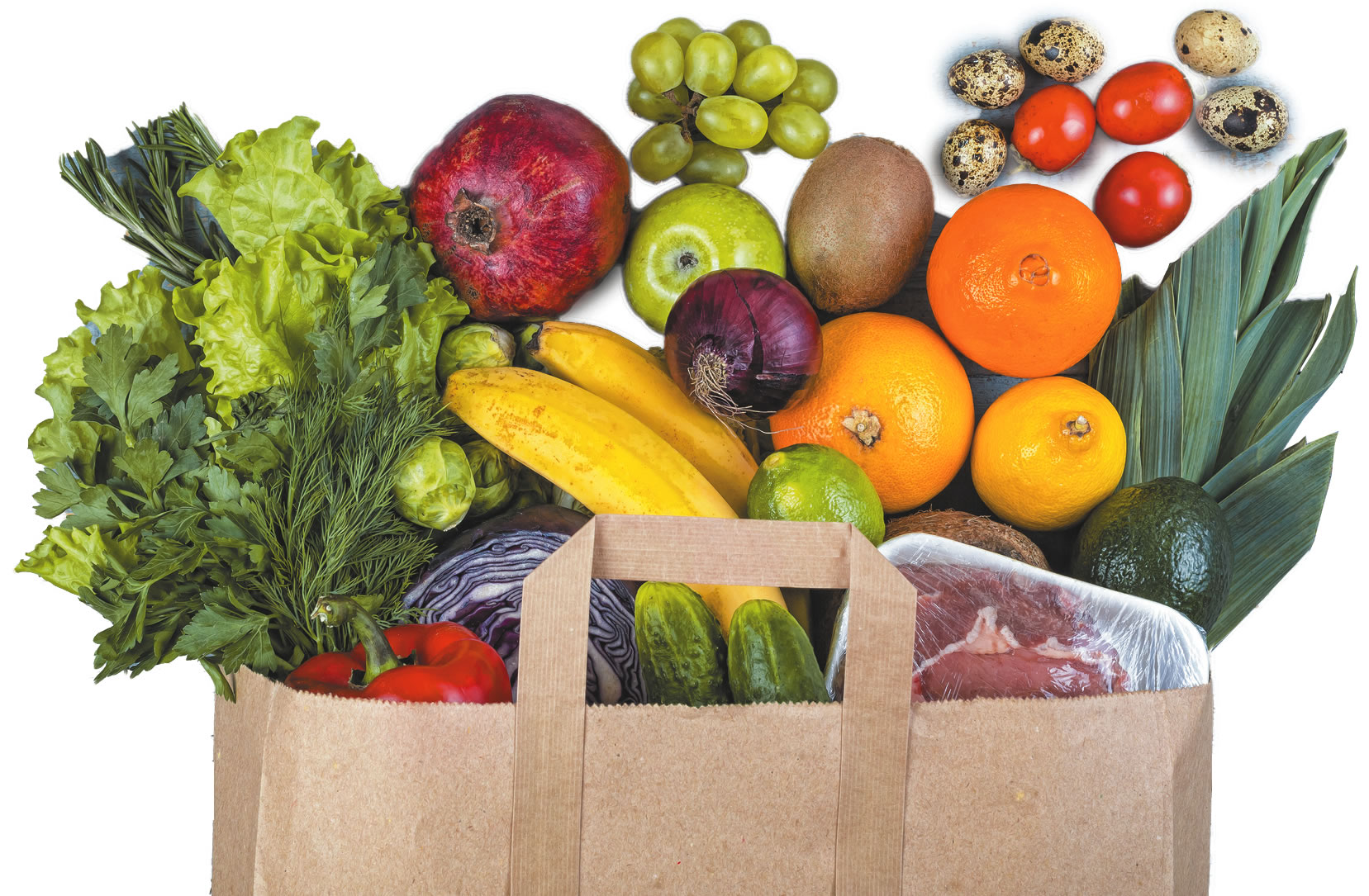Research shows that overall dietary patterns have a big impact on health. But people don’t buy dietary patterns, they buy foods. That’s why the idea of quantifying the healthfulness of individual foods is so appealing. For packaged foods, Nutrition Facts labels are designed to help, but, more recently, the concept of nutrient density (the number of nutrients per calorie) has been gaining ground as a potential way to help consumers identify the most health-promoting foods. But trying to quantify the healthfulness of foods is a tricky matter.
Calculating Nutrient Density: Before calculating nutrient density, it is necessary to decide which nutrients in which amounts are the most important to health, a task that is a lot harder than it sounds. “Any one algorithm used to try to quantify healthfulness can be misleading,” says Jeffrey B. Blumberg, PhD, a senior scientist at the Antioxidants Research Laboratory of the Jean Mayer USDA Human Nutrition Research Center on Aging. “Which nutrients should we focus on? How much of a nutrient does a food need to make the list? How do we account for negative attributes like sodium or transfat?”
What’s more, despite the strides being made in nutrition science, there is not yet enough information to try to quantify all the things that make a food good or bad for health. “We’re still discovering new relevant nutrients and compounds in foods, and we’re just beginning to understand how nutrients interact with each other and with the body’s systems to help or harm our health,” says Dariush Mozaffarian, MD, DrPH, dean of Tufts’ Friedman School and editor-in-chief of Tufts Health & Nutrition Letter.
Additionally, nutrient-density calculations rely on calories, so they can’t be applied to foods that don’t have any. “Water is really good for you, but it has no calories,” says Blumberg. “Likewise, herbs and spices contain wonderful health-promoting compounds, but no appreciable calories, so these healthful choices would never make a list of nutrient-dense foods.”
Still, applied broadly, the concept of nutrient density can be a helpful one. Choosing foods rich in beneficial nutrients like vitamins, minerals, fiber, and phytochemicals (and low in detrimental things like salt, trans fat, and added sugar) is a healthfulapproach.

© vgajic | Getty Images
Finding Nutrient-Dense Foods: Some foods are naturally nutrient-dense. Plant-based foods (vegetables, fruits, whole grains, legumes, nuts, and seeds) are rich in vitamins, minerals, and health-promoting phytochemicals. Lean animal proteins provide iron, B vitamins, and other important nutrients.
Where processed foods are concerned, figuring out which packages contain more naturally-present nutrients per calorie is a bit more complicated. The Nutrition Facts label is a good place to start. Look for foods that are rich in things like fiber, vitamins, and minerals, and have low levels of things like sodium, trans fat, and added sugar.
The concept of nutrient density may be more helpful when comparing similar foods. For example, comparing spinach to crackers does not provide as much useful information as comparing spinach to iceberg lettuce, or comparing the labels on different kinds crackers to see which have more fiber and less sodium.
Lose the List? A quick online search will turn up numerous lists that rank or score foods based on their purported nutrient density, but be careful. Different foods have different nutritional strengths, so it may not be possible to rank one as more healthful than the other. For example, kale is an excellent source of a number of vitamins and phytochemicals, but salmon is rich in healthy fats, so it’s not possible to say one of these foods is better for our health than the other. Additionally, don’t get too caught up in details: while it’s best to pick the most nutrient-dense options within each category, the relative nutrient density of healthful choices such as blueberries, strawberries, cherries, and blackberries does not matter as much as availability and personal preference.
Another drawback to rankings is that choosing only highly-ranked foods limits the variety of foods (and hence nutrients) being consumed. Additionally, lower ranked foods may be high in important nutrients or compounds not considered in the calculations, like phytochemicals. Rather than trying to rank foods based on adding up their nutrients, Susan B. Roberts, PhD, a senior scientist and director of the Energy Metabolism Laboratory at Tufts’ Human Nutrition Research Center on Aging, suggests looking at nutrient quality in the context of the overall diet. “We can choose foods that have an abundant concentration of one or more nutrients that we know are remarkably valuable for our health, or that we tend to get too little of in our overall diets,” saysRoberts.
In the end, while nutrient-dense foods boost the health-promoting power of dietary patterns, it’s ultimately the overall pattern that matters. “There is no perfect food,” says Roberts. “To increase the healthfulness of your diet, aim for a variety of high-nutrient foods.”

Choose a variety of colorful, naturally nutrient-dense foods to increase intake of health-promoting nutrients.
-Aim for naturally nutrient-dense foods (like fruits, vegetables, whole grains, legumes, and dairy products) throughout the day.
-Vary fruit and vegetable types and colors to ensure intake of a wide variety of micronutrients and phytochemicals.
-Make at least half of grain choices whole grains (like brown rice, quinoa, bulgur, and barley) and foods made from them (like whole- wheat bread or whole-grain pasta).
-Include fish and seafood in your protein choices in place of processed meat.
-Use Nutrition Facts labels as a guide to more nutrient-dense packaged foods.
























